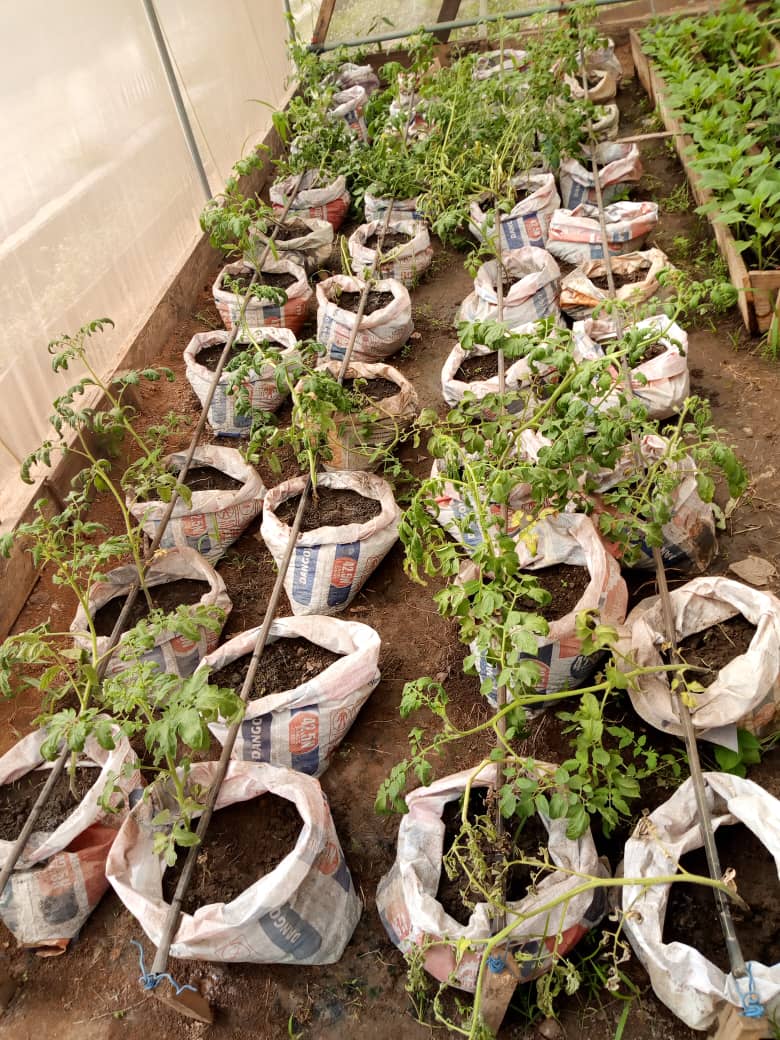“Sac farming” or “sack farming” is a type of agriculture technique that involves growing crops in sacks filled with soil. This method is commonly used in urban and peri-urban areas where land is limited and expensive, or the soil quality is poor. It is also used in areas with high rainfall, where traditional farming practices may result in soil erosion.
Here are the general steps involved in setting up a sack farm:
- Choose a suitable site: Select an area that receives adequate sunlight and has access to water. Sack farms can be set up on any level surface, including rooftops, balconies, or unused land, or backyards.
- Select the type of sacks: Choose durable sacks made of a breathable material that allows water to drain easily. The size of the sacks will depend on the type of crop to be grown.
- Prepare the sacks: Fill the sacks with a suitable growing medium such as compost or a mixture of soil and sand. Leave about 10-20 cm of space at the top of the sack.
- Plant the crops: Make holes in the side of the sack and insert the seedlings. Space the plants evenly and water them regularly. Some crops, such as tomatoes or strawberries, can also be grown from seeds.
- Provide support: Install stakes or trellises to support tall plants such as tomatoes or beans.
- Fertilize and water: Apply a balanced fertilizer regularly to promote healthy growth. Water the plants regularly, but avoid overwatering as this can lead to root rot.
- Harvest: Harvest the crops as they mature. Sack farming is particularly suitable for fast-growing crops such as lettuce, herbs, or radishes.
Sack farming is an efficient and cost-effective way to grow crops in limited space, but it requires regular maintenance and care.



